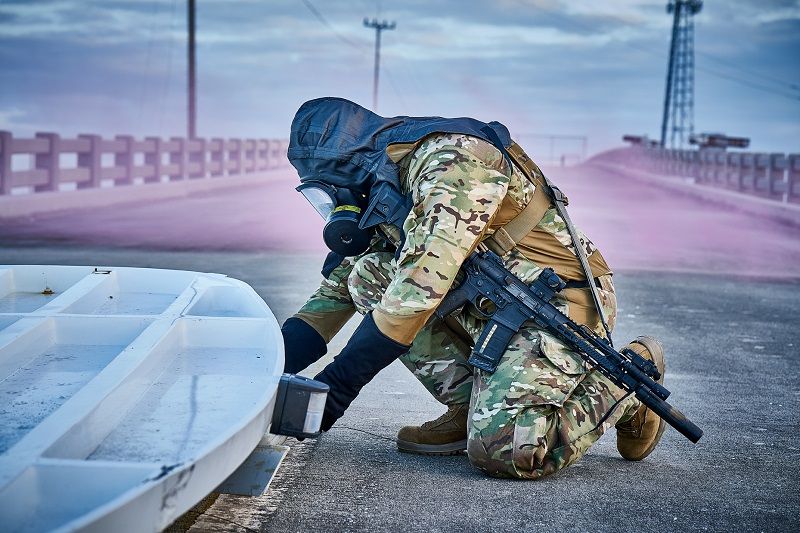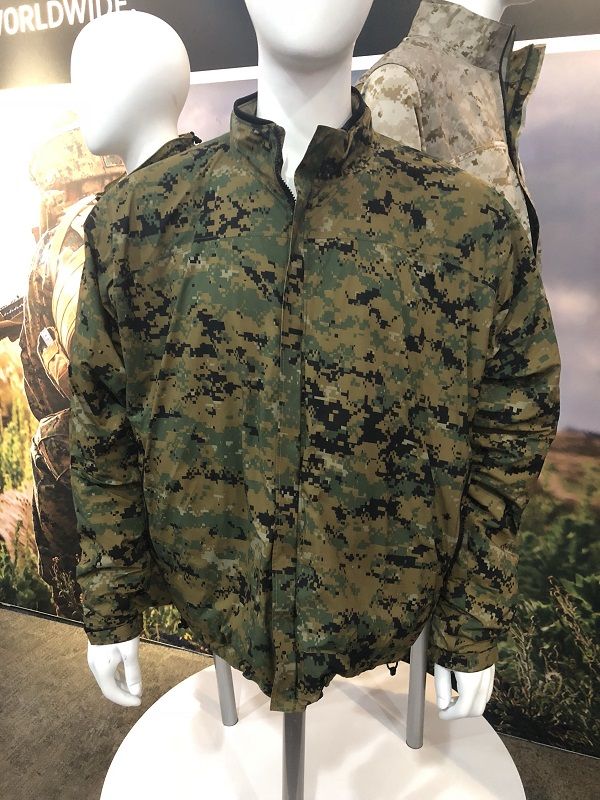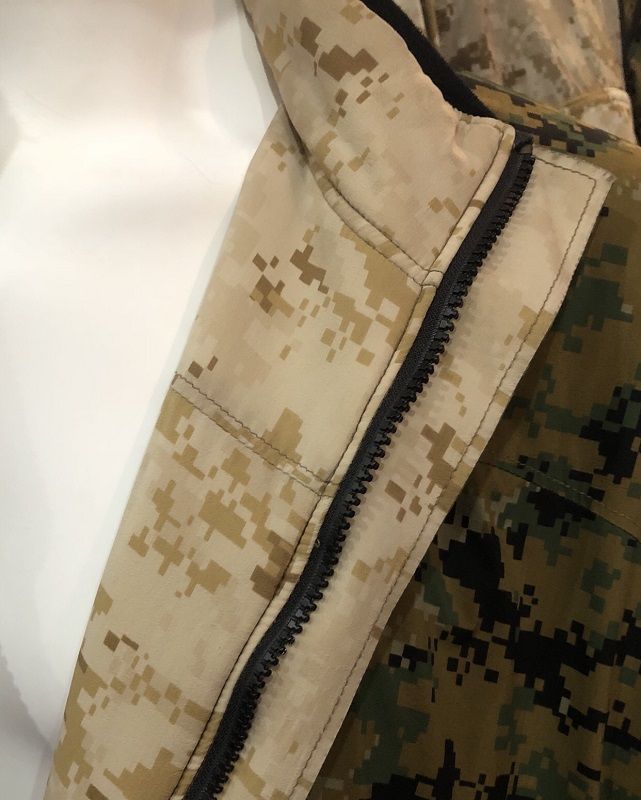Durably waterproof, windproof, and breathable garments, footwear and gloves
For more than 30 years, the US military has utilised environmentally protective gear to enhance its ability to achieve its mission. This includes durably waterproof, windproof, and breathable garments, footwear and gloves. While such tactical gear remains essential, the physical environment for operations and tactical strategies employed have changed significantly over the years.
Today’s soldiers can be deployed to countries with climates ranging from deserts (where temperatures can reach 120 degrees Fahrenheit) to extremely cold, mountainous terrain, with temperatures reaching -40 degrees. Protective fabrics engineered by W. L. Gore & Associates are often incorporated into current programmes – with the largest being the US Army’s Generation III Extended Cold Weather Clothing System (ECWCS), which includes the Level 6 jacket and trouser.
From a materials perspective, while the fabrics used in outerwear, footwear, and gloves require a high level of durability and performance that soldiers have come to expect, the next generation of protective fabrics is being adapted to deliver protection that will counter other environments and threats. Research to deliver increased performance is on-going, with new technological advancements such as comfort mapping, lighter weight materials, flame protection, and chemical and biological (CB) protection being used in various stages of testing, field trials, and production. New research in fabric technology now focuses on durably performing fabrics that are lighter in weight, easier to pack, faster drying, and more comfortable. In addition, specialised fabrics are being engineered to provide heat and flame burn protection, in addition to CB protection from a broad range of hazardous chemical vapours, liquids, and aerosols.
Gore is exhibiting at Modern Day Marine 2019 on booth #3116.
FR Protection for the Soldiers
GORE PYRAD Fabric Technology allows traditionally non-fire resistant materials like nylon and polyester to be manufactured into a laminate which, in addition to its environmental protection, will self-extinguish to provide burn protection. These flame-retardant laminates are breathable – enabling soldiers to remain comfortable across a broad temperature range, even when active.
Durable Protection against Chemical/Biological Exposure
One of the latest threats is exposure to CB weapons. Advances in CB protective fabrics have resulted in lighter-weight, more form-fitting ensembles that can be worn for longer periods of time. Unlike most CB fabrics, the latest development in impermeable fabric allows the soldier to be wet down while still wearing the suit, which promotes heat loss as the water evaporates off the garment’s surface. In addition, selectively permeable fabrics have been engineered to allow perspiration vapour to escape through the fabric while blocking out harmful vapours. These fabrics are lightweight and breathable, so they still maintain a significant level of comfort.

Testing and Fitness for Use
Performance of these new technologies can only be assured through rigorous testing, both in the lab and in the field. All fabrics are tested by Gore before being sent to manufacturers. In addition, once a manufacturer develops a garment, glove, or boot using a Gore fabric, these products are tested again by Gore for durability, comfort, and performance. Only then are the products field tested. For example, every GORE-TEX product design is put through multiple lab tests, including the following:
- The Rain Chamber in which a garment undergoes hours of simulated rain before going into production; any leaks in the garment results in its design being rejected.
- Durability Testing during which both fabric samples and finished garments are run through many hours of washing and drying to evaluate the fabric’s construction as well as the integrity of seams, zippers, and other features of the garment. It is important that SOF gear lasts beyond the initial few months of a deployment and can withstand normal wear and tear during cleaning.
- Comfort Testing during which empirical data from lab tests are compared with people’s subjective perceptions of the product’s comfort. This is especially important when evaluating fabrics that will be used in extreme climates, both hot and cold.
- Seam Seal Testing in which the integrity of the garment’s seams is tested with high-pressure water jets to ensure that no water leaks through the seams.
- The Breathability Tester measures the amount of water vapour that escapes from a boot. The more vapour that escapes, the more breathable the boot is, which translates to increased comfort.
- The Mechanical Boot Flexor simulates a foot walking for approx. 250mi through a pool of water. If any leak occurs in the boot, its design must be modified and retested.
- The Leak Test Machine evaluates boots during production by dunking each pair in water to verify that even if its outside gets drenched, the foot will stay dry.


























